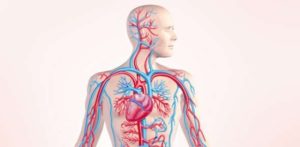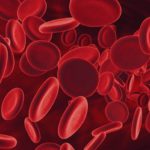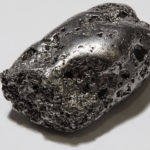Facts about the human circulatory system
 The most complex human circulatory system ensures the very functioning of our bodies. The blood carries not only oxygen, but also other substances, therefore, with significant blood loss, the normal functioning of the body becomes impossible. Biologists have long and carefully studied the human body, so the riddles it today harbors quite a bit, but what we know is enough to be pretty surprised.
The most complex human circulatory system ensures the very functioning of our bodies. The blood carries not only oxygen, but also other substances, therefore, with significant blood loss, the normal functioning of the body becomes impossible. Biologists have long and carefully studied the human body, so the riddles it today harbors quite a bit, but what we know is enough to be pretty surprised.
Its other name is the cardiovascular system.
Our blood is red in color, as iron was part of the red blood cells. Some mollusks have blue blood, since copper plays a similar role in them.
The circulatory system was first studied in 1616, when a British doctor found that the blood carries oxygen and other substances through the body, and the body pumps it.
The total length of the blood vessels in the body of an average adult person reaches 100 thousand kilometers. It is 2.5 times longer than the entire circumference of the Earth at the equator.
On average, during the life of the heart pumps about 175 million liters of blood through the human circulatory system.
In women, the heart usually beats a little faster than in men.
The body of an adult contains 4-6 liters of blood.
During physical exertion, the circulatory system works at the limit, and blood circulates through the body 3-5 times faster than normal.
The diameter of the capillary, the smallest element of the human cardiovascular system, is about 50 times smaller than the diameter of the hair.
At any given time, slightly less than 9% of the blood is in the heart, and everything else is in the blood vessels.
During the day, the heart pumps 7-10 thousand liters of blood.
During the life of a person’s heart is reduced by an average of 2.5 billion times.
The human heart beats slower than some other living creatures. So, in hummingbird birds, the heart makes up to 1200 beats per minute during flight.
The composition of the circulatory system of an adult includes up to 150 billion tiny capillaries.
Blood passes through the heart at about 100 times faster than it flows through the capillaries.
In the rarest of cases, a person’s heart is not located on the left, but on the right. There were cases when a person was born with two hearts, but when one of them stopped, the second one also stopped.
Treatment of the cardiovascular system has become more effective after doctors have learned to do heart surgery. And to work with a beating heart is as difficult as repairing a car engine that works at that time.
Blood accounts for about 1/13 of the entire mass of the human body.
Some Japanese doctors believe that the blood type has an impact on a person’s character, but their research has not yet been sufficiently confirmed.
During normal operation of the circulatory system, the heart at each contraction pushes about 60 cubic centimeters of blood through the aorta.
The diameter of red blood cells exceeds the diameter of some capillaries, so blood bodies have to change their shape in order to squeeze through.
The most ancient studies of the human circulatory system, judging by the surviving evidence, were conducted more than 3,500 years ago.
Venous and arterial blood have different functions.
Weightlessness has a negative effect on the work of the cardiovascular system. On Earth, the blood rushes to the legs and swings up the body, but in the absence of gravity, the blood rush to the head more than necessary, which is why astronauts often have a headache.
On average, the human body at any time contains about 25 trillion red blood cells.



























